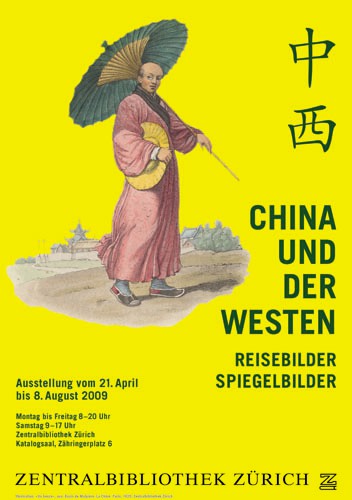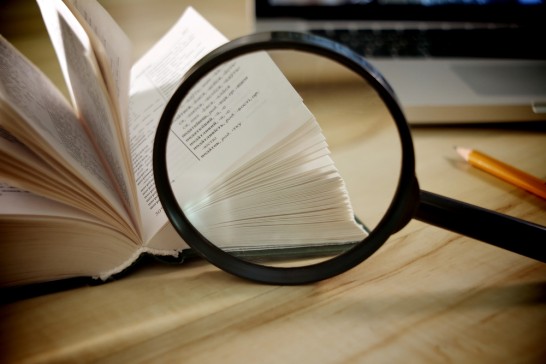China and the West
The complex relationship between China and the West dates back many centuries. Europeans have often been drawn to the Middle Kingdom, while the Chinese have explored the vast expanses to the west of their country. This exhibition at the Zentralbibliothek shows early western works about China and takes visitors on a journey through space and time to discover a fascinating culture.
21. April 2009 - 08. August 2009
Location
Katalogsaal
Zähringerplatz 6
8001 Zürich

Travel pictures and mirror images
The complex relationship between China and the West dates back many centuries. Europeans have often been drawn to the Middle Kingdom, while the Chinese have explored the vast expanses to the west of their country. This exhibition at the Zentralbibliothek shows early western works about China and takes visitors on a journey through space and time to discover a fascinating culture.
In 1660, Zurich’s city library received two exotic gifts: an exquisitely coloured copy of M. Martini’s “Novus Atlas Sinensis” (1655), the first western atlas of China, and what the rather vague inscription in the book of donations called a “Chinese box containing a book made from the same paper written in Chinese”. The donor was Konrad Pestalozzi, who was originally from Zurich but had set himself up as a merchant in Amsterdam. Pestalozzi’s widow followed up this gift in 1665 by donating a report on the Dutch East India Company’s trade mission to the Chinese court in 1655, illustrated with a number of copperplate engravings. These works laid the foundation for a steadily growing collection of western literature on China, which received a welcome boost in 1996 with the addition of the Voiret Collection, kept at the Zentralibibliothek Zürich in its capacity as a depository of the University of Zurich’s Institute of East Asian Studies.
The exhibition uses illustrated original works to tell the story of the ever-changing relationship between China and the West. It begins with Buddhist monks, who undertook pilgrimages from China to India in the first millennium AD. Their travel journals were translated into European languages in the 19th century. Further historical chapters covered include Marco Polo, the maritime fleets of the Ming dynasty, Portuguese seafarers and Jesuit missionaries at the imperial court in Beijing. Highlights of early European interest in China include Athanasius Kircher’s opulent “China illustrata” (1667), the first translations of Confucian writings into Latin, and J.B. Du Haldes’s monumental encyclopaedia “Description de l’Empire de la Chine” (1736). A series of engravings documents the Qing emperors’ campaigns in Central Asia, and China’s relations with the empire of the Russian Tsars are also featured. A luxuriously bound report on the British mission under Lord Macartney (1793) leads into a selection of the extensive literature on the decline of the Chinese empire in the 19th century, an era of wars and national humiliations. Maps of the Chinese provinces from Martini’s atlas and cityscapes from the Dutch trade mission’s report also provide an insight into China’s geography. Some of the exhibits show how western scholars studied the Chinese writing system – and the mystery of the “Chinese box” is also solved along the way!
Exhibition concept: Raffael Keller


